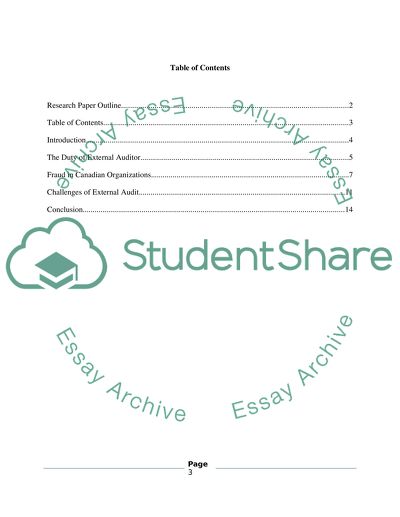Cite this document
(“Meeting the Challenge through External Audit Essay”, n.d.)
Retrieved de https://studentshare.org/finance-accounting/1431057-fraud-yt-meeting-the-challenge-through-external
Retrieved de https://studentshare.org/finance-accounting/1431057-fraud-yt-meeting-the-challenge-through-external
(Meeting the Challenge through External Audit Essay)
https://studentshare.org/finance-accounting/1431057-fraud-yt-meeting-the-challenge-through-external.
https://studentshare.org/finance-accounting/1431057-fraud-yt-meeting-the-challenge-through-external.
“Meeting the Challenge through External Audit Essay”, n.d. https://studentshare.org/finance-accounting/1431057-fraud-yt-meeting-the-challenge-through-external.


